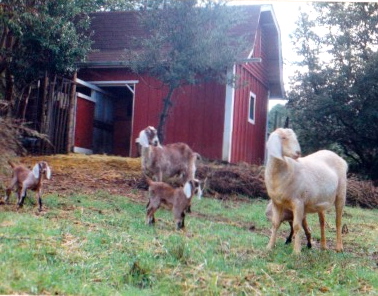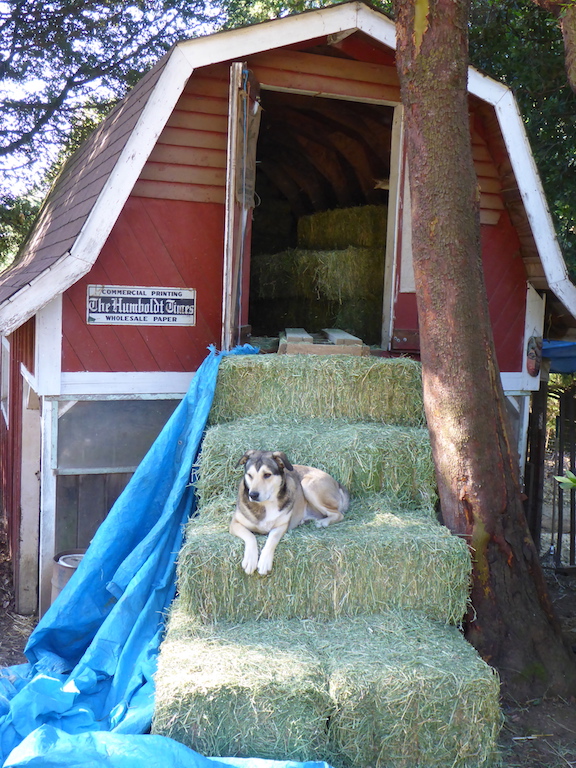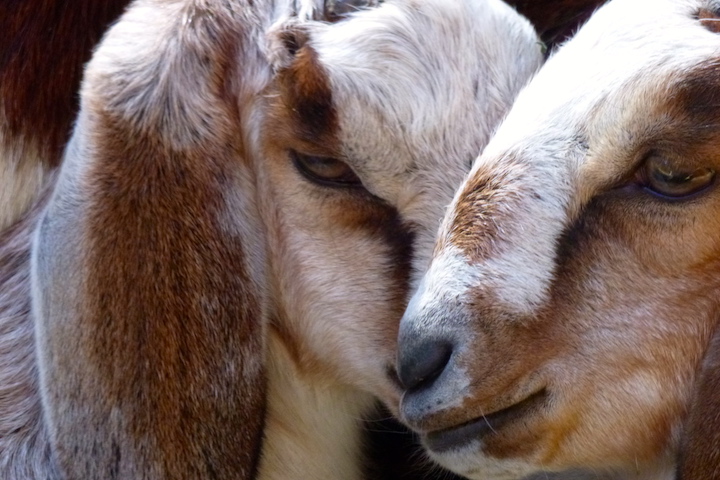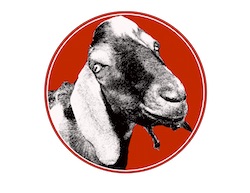
Beginnings:
As a teenager, with an interest in food and nutrition, I found a small book on cheese making and was intrigued, as much by the content, as the form of the book; a heartfelt labor of love, illustrated with simple woodcuts. It seemed ridiculous to start with supermarket milk, so I filed away my desire to produce cheese, wondering if I would ever be able to produce the milk required.
Only after beginning our homestead experience was this a viable option. Recognizing the scope of the responsibility involved with animal husbandry, it felt like an overwhelming goal. How would we integrate this into the lifestyle we led? The answer was obvious- just get started; Prepare, plan, learn, and do! The experience itself would dictate what was required, and priorities would become self defining.
Our journey to Goats began by collecting as many books we could find on Goats. Our research revealed that there are many styles of Goat husbandry, those that depend on the needs and motivations of the Goat keeper, and also, simple universal standards based on the actual requirements of the animals. This is the basic nature of domestic livestock; balancing the needs of beast, with the needs of their keepers. We learned all we could about the details of feeding, the ideals of housing & the prospects of pregnancies & milk production.
Determined to do it right, we decided the first thing we needed was a barn. A majority of the wood used for construction was salvaged from an old building at the site of an old stud mill, in the valley below us. The walls had been built by nailing studs face to face for a thick heavy wall, with plenty of vertical grain. The termites loved it. by the time it was dismantled, the usable wood; roof rafters, roof planking, & ceiling, combined with odds and ends from other demolitions, turned out to be just enough for the scaled down classic dairy barn I designed. The barn was designed to house 6 goats comfortably, store around 2 tons of hay in the loft above, and includes a small milking parlor. All confined to a 12”x16” footprint.


